Undoubtedly one of Devon’s most beautiful experiences, this three-mile walk takes you through ancient woodland to see the deepest gorge in the whole of the southwest, as well as an outstanding waterfall called the White Lady and a whirlpool called the Devil’s Cauldron. Along the way there are woodland birds in the trees, dippers and wagtails flying low over the river and colourful wildflowers in spring and summer. In May the air is filled with the scent of bluebells and wild garlic. Lydford Gorge is managed by the National Trust and sturdy footwear is recommended as the walk can be quite arduous. There’s also a shorter, slightly easier, route.
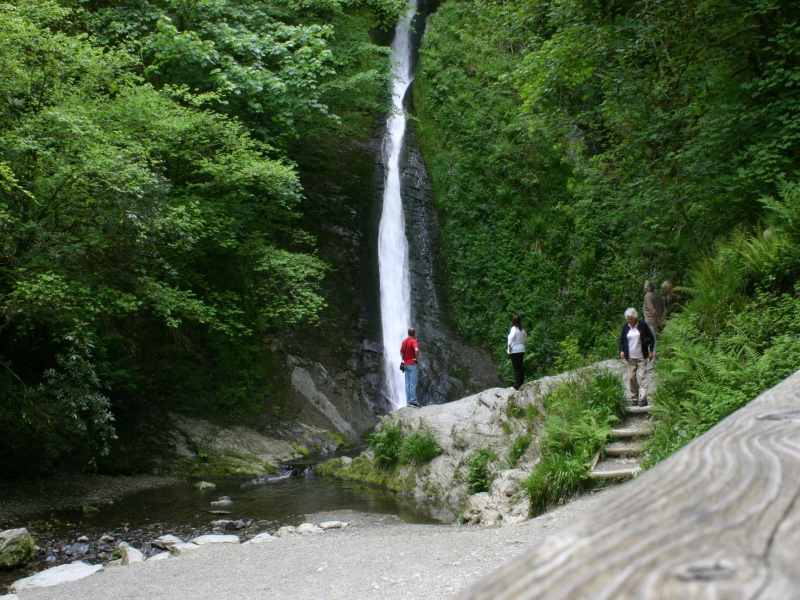
White Lady Waterfall, Lydford Gorge © A.R Yeo MortimerCat / Wikimedia
Haytor, DartmoorDartmoor’s breathtaking expanse of open moorland, diverse woodlands, meandering rivers, and incredible wildlife has been shaped by humankind for millennia. The ancient stones that remain let us look back in time at our own evolution and development within a stunning natural setting. The most visited ancient stone is Haytor, which is a huge and domineering presence on the moor.

Haytor, Dartmoor © Nilfanion / Wikimedia
The Teign Valley, DartmoorOnce a single-tracked railway line from Heathfield to Exeter, the Teign Valley is now a meandering, steep and deeply wooded valley. The rolling, dramatic landscape includes a popular walk from Castle Drogo along the Hunter’s Path to the River Fingle and then back along the River Teign. Don’t miss Canonteign Falls and also the quaint thatched village of Lustleigh set on a steep hill with the Teign running alongside it.

Canonteign Falls © Elliott Brown / Flickr
Newbridge, DartmoorThis grade II listed, medieval, granite bridge spanning the River Dart is a picturesque spot which marks the start of a few different walks you can take. The bridge itself is an impressive structure; it was built in 1413 and is accessed via the road between Ashburton and Two Bridges. It is clad in ivy and the fast-flowing river is popular with canoeists, kayakers and wild swimmers at Sharrah Pool and Spitchwick.
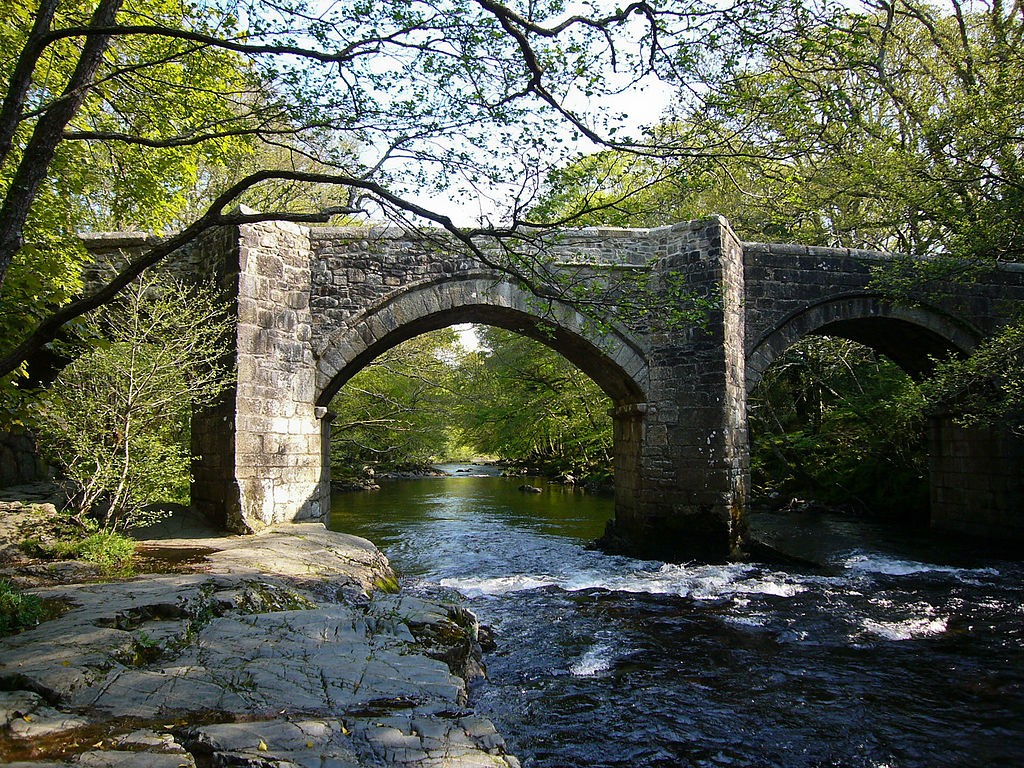
Newbridge © Herby / Wikimedia
SalcombeSet in the South Devon Area of Outstanding Natural Beauty, Salcombe is a gorgeous coastal resort and harbour that makes a vibrant, scenic base from which to explore the stunning south coast. Most notable is the highly recommended eight mile walk along the South West Coast Path between Salcombe and Hope Cove. For an overview of the walk with accompanying photos, check out Ruth Livingstone’s blog for her account of walking the entire coastline of Britain.

Hope Cove © Jason Ballard / Wikimedia
Watersmeet, Exmoor National ParkSpanning west Somerset and north Devon, Exmoor National Park is another one of Devon’s gems with ancient woodland, wild rivers, rugged coastlines, and stunning sea views. At Watersmeet, which lies at the confluence of the East Lyn river and Hoar Oak Water, you really have a sense of the scope of this landscape: one of Britain’s deepest river gorges is set in one of the largest ancient woodlands in the southwest. Don’t miss Foreland Point and Countisbury, some of the highest sea cliffs in England with stunning views along the South West Coast path.

Hoar Oak Water, Watersmeet © Nilfanion / Wikimedia
Lynmouth and Lynton, Exmoor National ParkVisiting these twin towns in Exmoor feels like stepping back in time and escaping the hustle and bustle of modern life. Rural Lynton is a picturesque village sitting on top of a tall cliff on the north Devon coast, while Lynmouth sits in a gorge 700 feet below, straddling the meeting point of the East Lyn and West Lyn rivers. Artist Thomas Gainsborough spent his honeymoon in Lynmouth in 1746 and described it as ‘the most delightful place for a landscape painter this country can boast’, which is high praise indeed. Facilitating access between the two villages is an incredible, water-powered cliff railway that opened in 1890.

Lynmouth © John Menard / Wikimedia
Valley of the Rocks, ExmoorWidely regarded as the most spectacular view in Exmoor, the Valley of the Rocks is a dry valley running parallel to the north Devon coast just over half a mile to the west of the village of Lynton. It is of particular interest to geologists due to the Lynton Beds, which are the oldest fossilised rocks in north Devon, formed thousands of years ago.

Valley of the Rocks © Andrew Bone / Wikimedia
ClovellyA visit to Clovelly is unique. The town is essentially one street – the High Street – which runs steeply down to the harbour Bideford Bay and is flanked by charmingly traditional, 16th-century whitewashed cottages. At one time, donkeys were used to transport deliveries down the High Street but sledges are used now instead. The views and the village itself are stunning, and many artists have been inspired here, including the great J.M.W Turner. The village is unusual in that it has been entirely privately owned by just three families for nearly 800 years.

Clovelly © Xlibber / Flickr
AppledoreA delightfully charming little fishing village at the mouth of the River Torridge, Appledore is known for its colourful bow-fronted cottages, narrow, winding streets and its ship-building history. The streets are filled with local craft shops, traditional tea rooms, and restaurants, so it’s easy to fill your time here. Make sure you also get out and about: there’s a lot to explore in the surrounding area, such as the sweeping sandy bay at Woolacombe, Saunton Sand and the surfing mecca Croyde Bay.
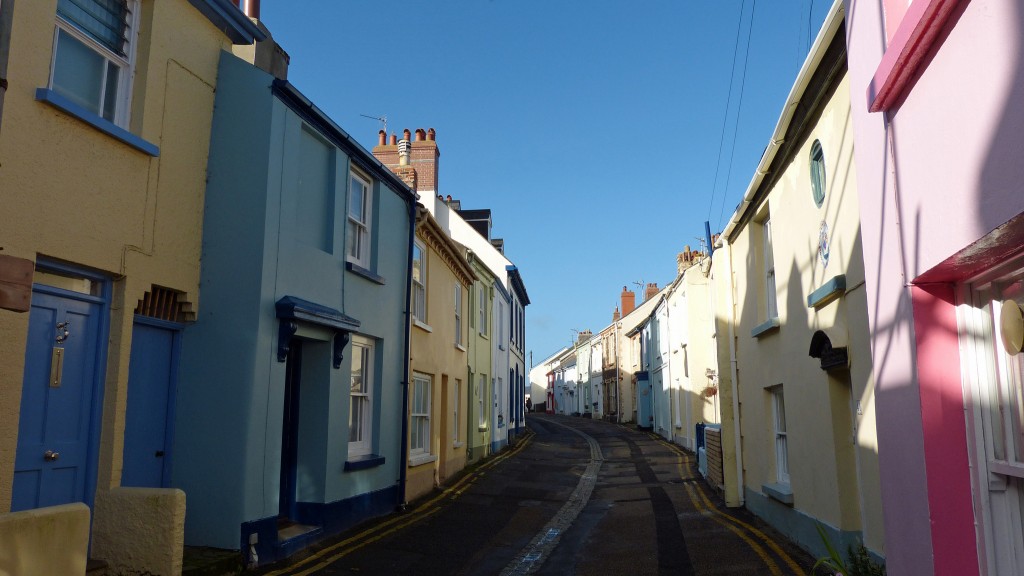
Appledore © Andrew / Flickr
Lundy IslandIt’s not only puffins that are drawn to Lundy; plenty of visitors also make the 12-mile journey off the coast of north Devon to this rugged and wonderfully unspoilt island. The island is three miles long and half a mile wide, located where the Bristol Channel meets the Atlantic Ocean, and has a milder climate than the mainland and a varied terrain. Accommodation is offered by The Landmark Trust but there’s only one shop and one pub on the island, so time spent here is all about walking and wildlife. There’s a lot to see, including migrating birds from March to June and August to November, seals, sea lions, dolphins, whales, porpoises, goats, ponies and deer.

This quiet but magical spot is popular with rock climbers as well as people who want to get away from the crowds on the south coast and enjoy a sense of peace and tranquillity. Anstey’s Cove is a shingle beach between Torquay and Babbacombe backed by steep rocks and a hillside covered in thick woodland. Fun fact: Agatha Christie used to bring her friends here for moonlight walks.
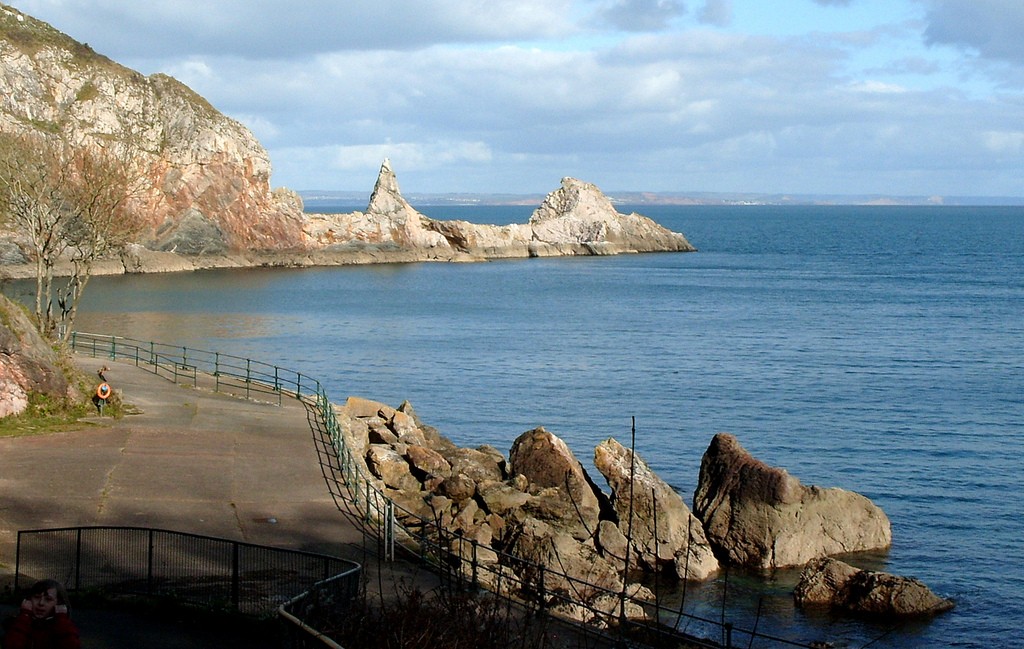
Anstey’s Cove ©Warwick Conway / Flickr
Jurassic CoastStretching for 95 miles from Dorset to east Devon, the Jurassic coast is an incredible spot: a UNESCO World Heritage site showcasing awe-inspiring fossils and rocks that reveal 185 million years of the Earth’s history. The route along the South West Coast path from Sidmouth to the village of Beer is an Area of Outstanding Natural Beauty and highly recommended.
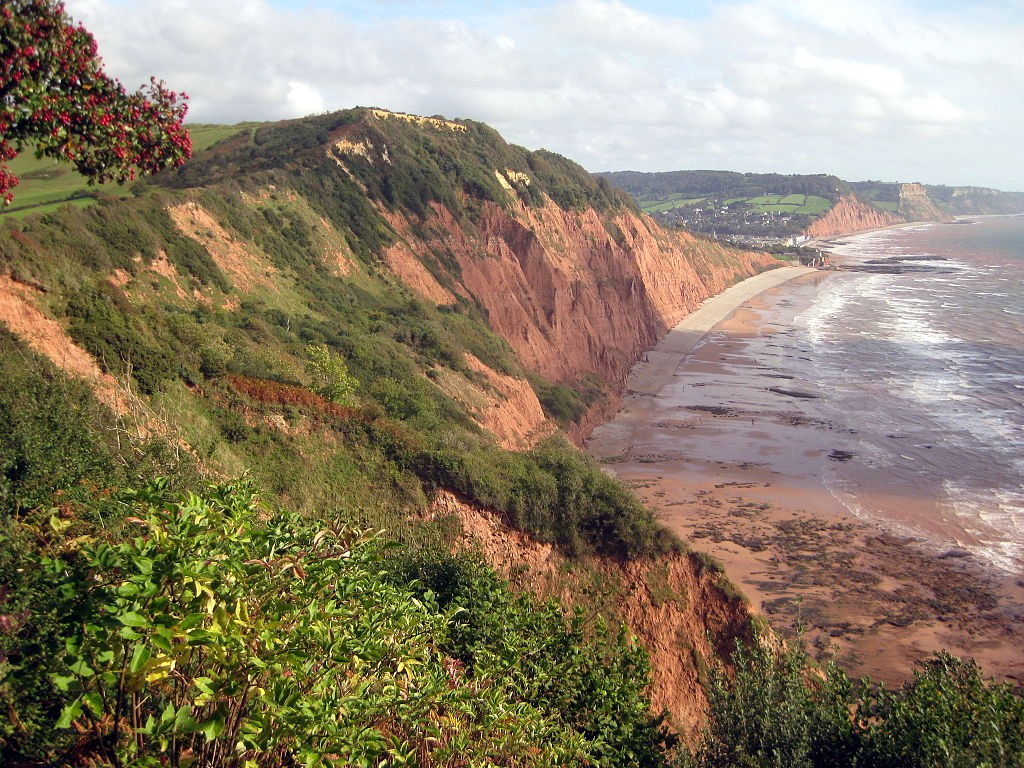
Peak Hill, Sidmouth © Huligan / Wikimedia
Killerton House and GardensThe gorgeous Killerton House and its gardens are owned by the National Trust and are huge and unforgettable in their magnificence. There are 6,400 acres of historic estate with a Georgian house and garden, two chapels, three satellite properties, as well as Ashclyst Forest, one of the largest woods in East Devon. It’s a garden to visit in all seasons and there are numerous walks to enjoy.

Killerton gardens in winter © Alison Day / Flickr
Advertisements Share this:




